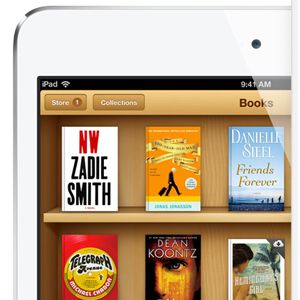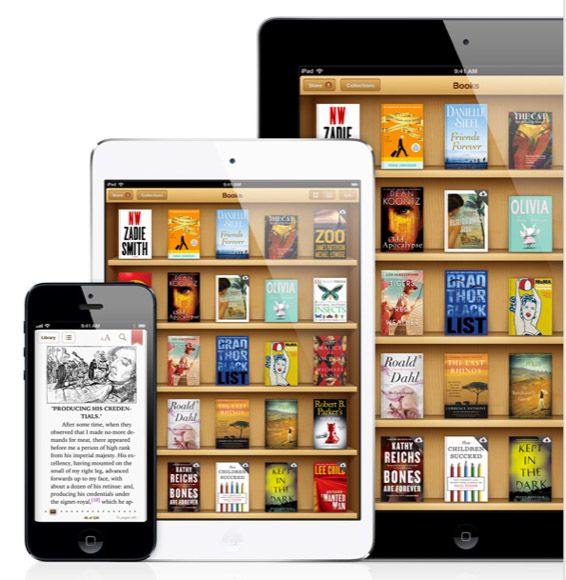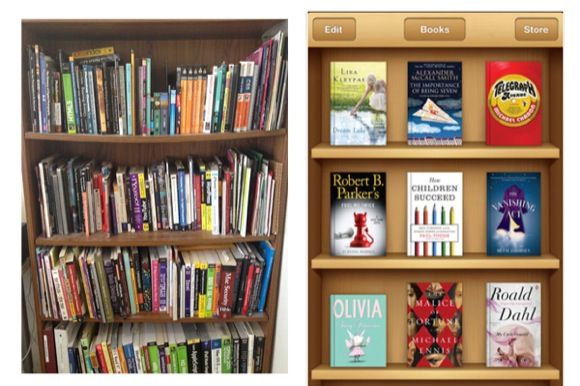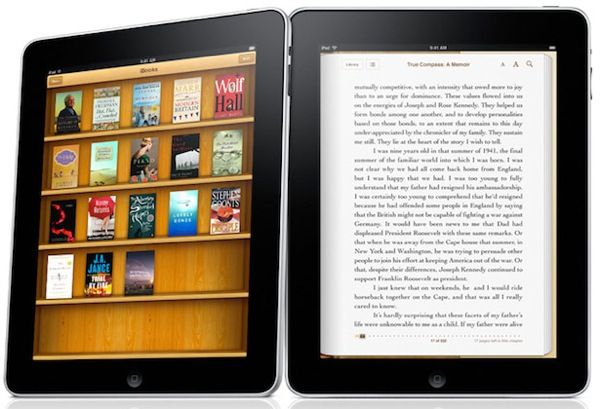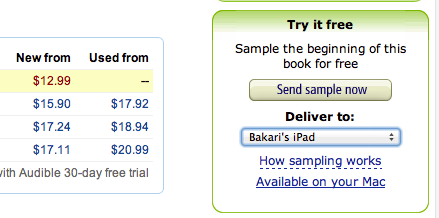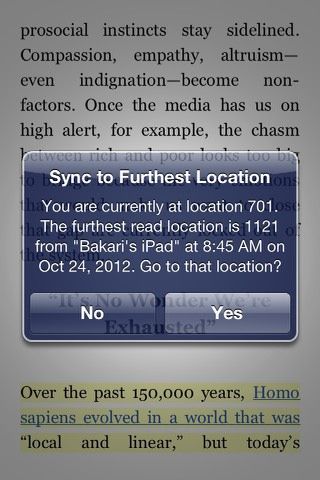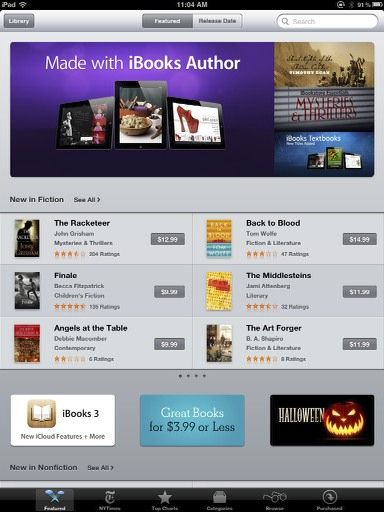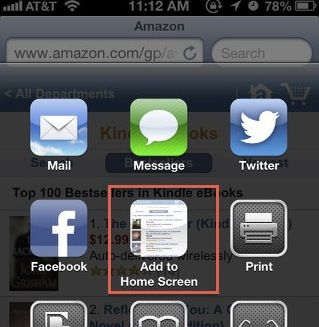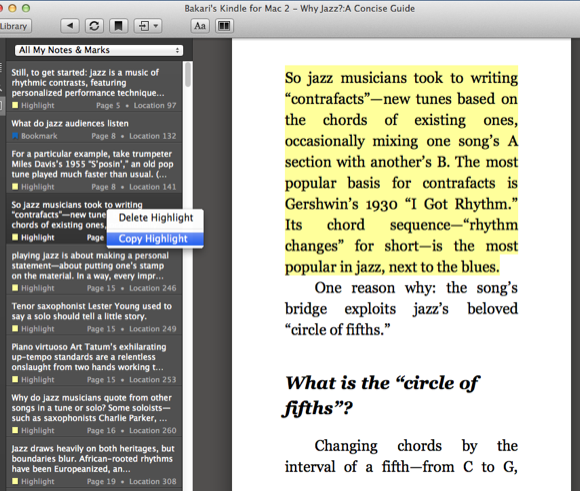The recently announced iPad mini, along with similar digital tablets like the Kindle Fire and Nexus 7 make for nearly perfect e-reading devices. From the near paper-like reading to the easy download and archiving of eBooks, there's hardly no reason now not to build an eBook library. As this infographic points out, e-reading is on the rise and it's becoming easier to start an e-library.
This beginner's guide recommends apps and features to get you started in building your library. Though the focus on is on the iPad, because it's the device I've used for the last two years to build my e-library, the recommendations apply to other devices, including the Amazon Kindle and the Barnes and Nobel Nook. But as I will later explain, the iPad offers some extra features that you will eventually find useful over other devices.
From Book To eBook Library
Building an e-library is ten times easier than building and maintaining a paper book library. I've had a paper book library of several thousand books for almost 25 years, but downsizing my book library and building an e-library is not only saving me money, but it's just of course easier to manage and access.
So after you've purchased your iPad, you will want to install at least two e-book reading apps on your device: the iBooks Reader and the Kindle for the iPad. Both are free downloads.
These readers can sync your e-book purchase between your other iOS devices, and all your purchased ebooks are archived on both your Amazon Kindle and Apple iBooks accounts. So after you're done reading a book, you can delete it from your device to gain back space, and re-download it anytime for re-reading or reference.
Though there have been significant updates to the Kindle and iBooks app, my 2010 article about reading eBooks in both apps is still relevant for getting started.
The biggest advantage in my view for using these apps is that you can download the first first few chapters of Kindle and iBooks eBooks and preview them before you decide to purchase. It's like browsing books in a bookstore, but even better because you can purchase a book you like and download it in less than 30 seconds.
Most eBooks range between $9.99 to $12.99. While there are good arguments why eBook prices should be lower, if you're an avid reader, the savings you make on ebooks will pay for your iPad in a very short time. And another advantage with reading on the iPad is that you can sync the books and pages you're reading to your iPhone. Even the last page you read on one device will update to that page on another device.
In terms of building your e-library, if you like reading classics, Open Culture has an awesome list of over 375 free ebooks for download to the iPad and other devices. And Yaara shares additional websites for free eBooks for the iPad.
eBook Links & Annotations
If you're an avid reader and/or student, there are a few other apps (in addition to the e-readers) and webpages you will want to include a folder on your iPad. For iBooks, you browse and order eBooks through the iBooks app itself. The app consists of both your purchased and sampled books, but also a link to the iBooks Store.
You simply tap on the Store button on the top-right side of the iBooks app to browse the iBooks Store. It's also where you will find your Purchased iBook books.
In the case of Amazon, you get a much wider selection of eBooks. So I suggest you download this Kindle Store link on your iPad and iPhone. You can save the link to your device's Home Screen/Books folder by tapping the Share button in Safari and then the Add to Home Screen button. At the end of sample Kindle book pages there's a link to the Kindle Store, but those links no longer work because of the restrictions setup by Apple. So you will need to use the aforementioned Kindle Store link to download books and make purchases.
Another Kindle page you should include in your Books folder is a link to the highlights and annotations you make in your purchased Kindle books. You can also download Kindle Reading apps for other devices, including your Mac and PC.
The computer versions of the Kindle will give you even more access to your annotations, enabling you to copy and paste passages from your Kindle books. Currently, and ironically, there is no Mac version of iBooks.
While it's indeed cheaper to purchase a Kindle or Nook reader, the iPad, and especially the new iPad mini makes for a better reading experience, in my view, because you can add additional apps and links to the device that can be useful to your reading and other media interests.
So have you started an e-library already? What devices and apps do you use? What features are wishing for as this market grows?

